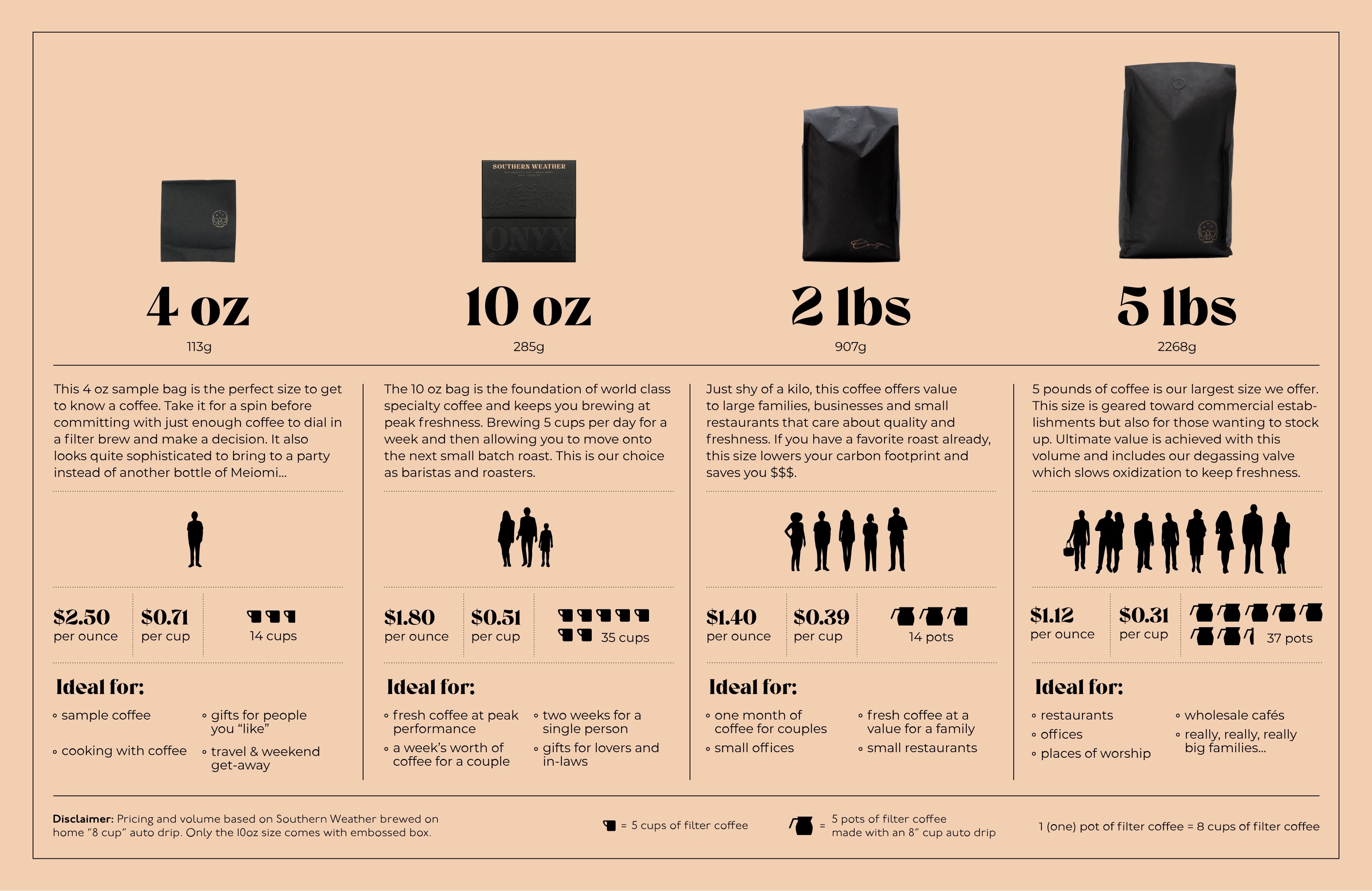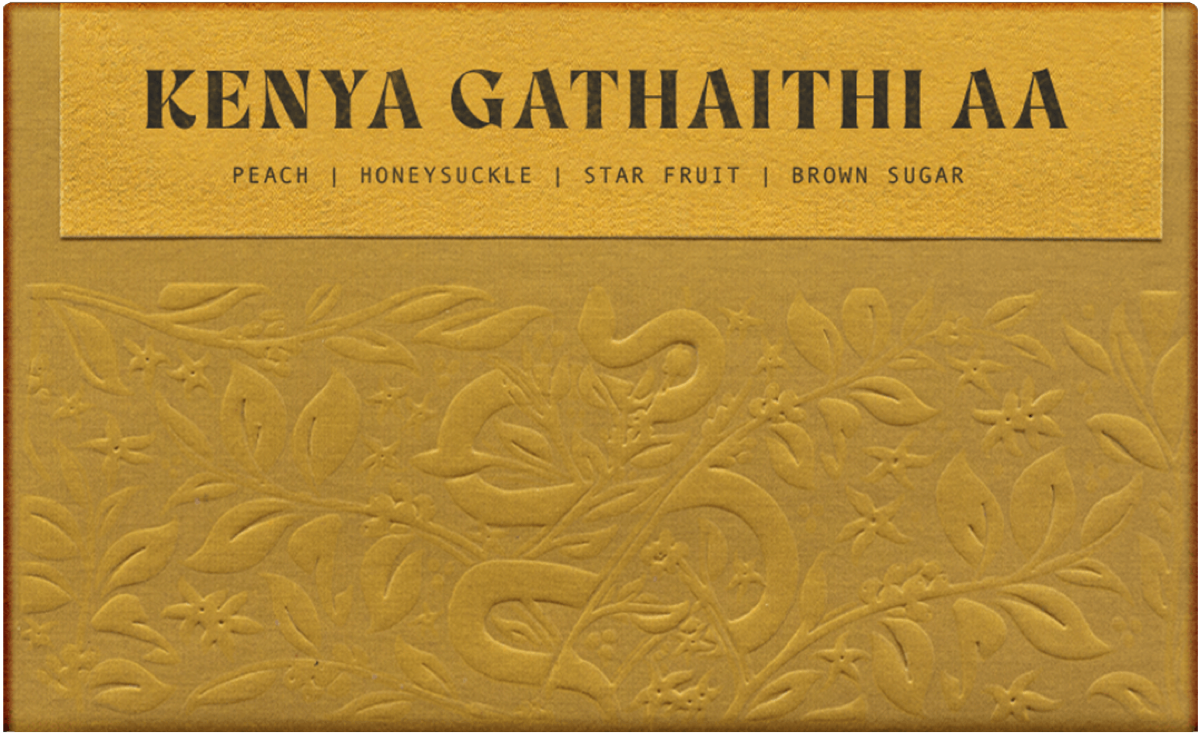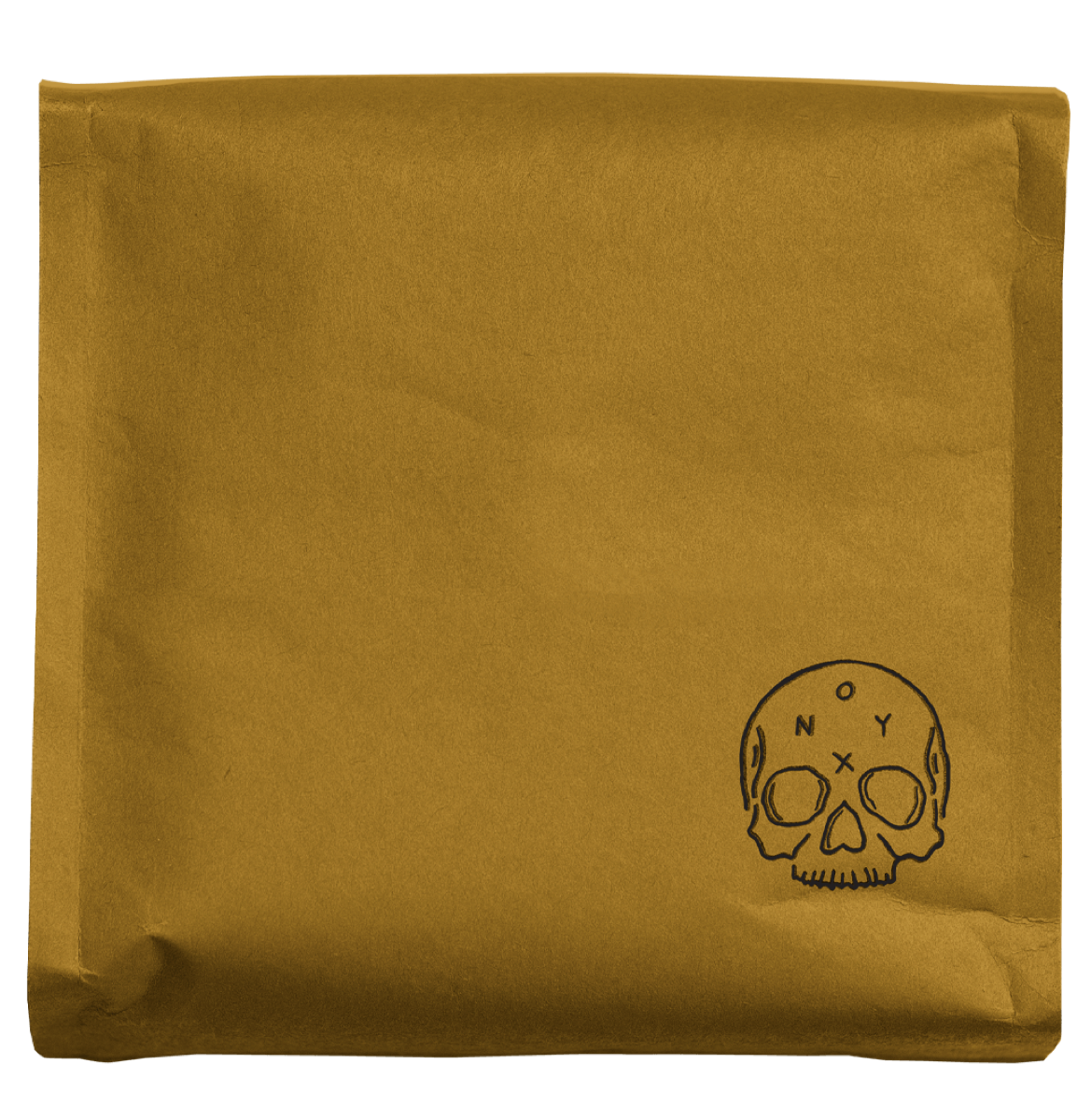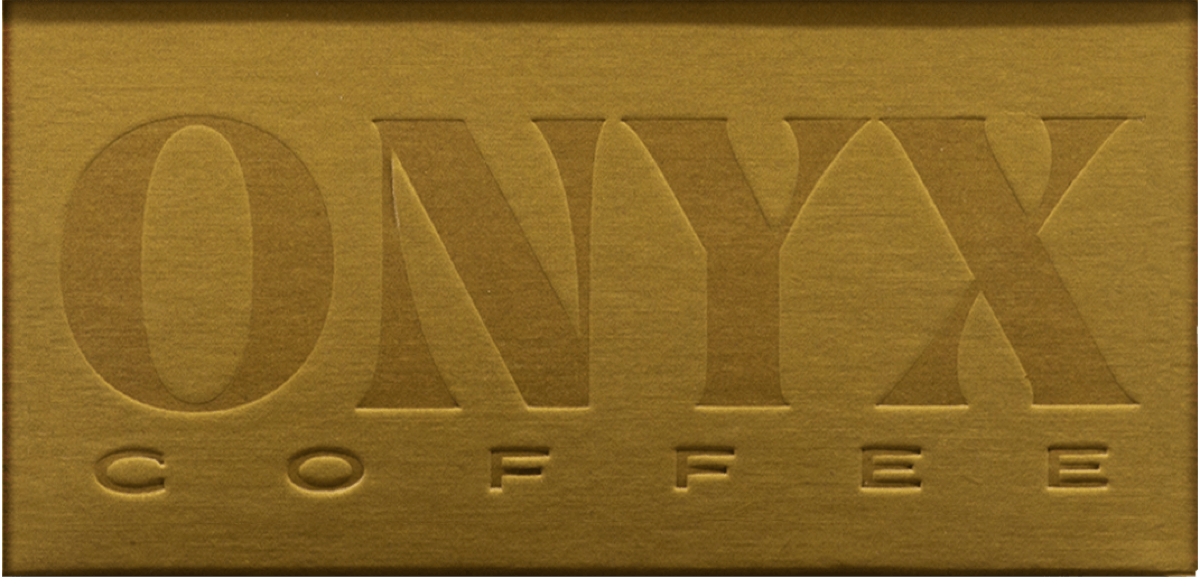Story
We visited Kenya in December of 2019, right in the swing of harvest. During our time in Kenya, we ventured upcountry to visit the many stations we purchase coffee from each year, in order to see the harvest and to meet with our partners there to plan for cupping coffees shortly after. Driving upcounty to Nyeri is stunning, the driver expertly weaves their way through the traffic of Nairobi. The city can seem like it extends forever, due to the massive amount of layered housing extending from the city center. Once Nairobi fades away, you comfortably cruise the highway north towards Nyeri. On a clear day, Mount Kenya is in full snow capped view to the left, while miles and miles of pineapples pass by your right. Once you reach the base of Mount Kenya national park, well known names of cooperatives and washing stations start to pop up. During our time, we visited many stations that we purchase from each year. Gathaithi Cooperatives Society is located as the footing of the Aberdare National Park, in a small valley. The station is surrounded by elevated drying tables, which during the harvest are heavy with parchment and coverings for rain and nightfall. Harvest is a busy time, as membership is close to 1500, and production can be upwards of 100,000 kgs. They expertly process this coffee, managed by a board of directors comprised of the farmers themselves. Permanent employment is available through the cooperative, where they provide support year round to farmers. Gathaithi is a world famous name in Kenyan coffee, due to the quality of each lot they produce. We were blown away by this outturn on the table at Dormans, and we purchased this entire outturn of AA.
DORMANS
Cupping at Dormans is a unique experience, to say the least. They’ve recently built a very large cupping lab and dry mill just outside Nairobi. If you’re lucky enough to catch a thirty-minute Uber to their offices, you will be met by the well-oiled machine that is Dormans Coffee. Hundreds of coffees are roasted, cupped, and logged there each day by some very talented and kind people. At any point during harvest, you will find a handful of over-caffeinated green buyers scanning their notes and passing over a table with 60+ coffees on it. This year, we had the chance to visit our new friend Muki at Dormans early in the harvest. During that time, we were able to calibrate and partner with the Dormans cupping team in order to find the coffees and the profiles we enjoy. Months later, we had a return visit to cup, tasting coffees that Muki and the team at Dormans picked out for us out of both the catalog as well as their direct relationships. Out of those coffees, I selected four lots that will become our Kenyan offerings this year. Our friends at Dormans have been kind enough to buy a few coffees by direct sale (See Kenya Auctions below), and this year these coffees were exemplary.
KENYA AUCTIONS
Kenya has a pretty advanced coffee system. Two avenues are used to sell and export most coffee: the Nairobi Coffee Exchange (central auction system) and a marketer direct-sale system. Cooperatives tend to lean towards the first and use the auction system to sell their coffees based on quality. You must be a licensed marketer to buy coffee through the competitive auction system by bidding on coffees. Auctions are held every Tuesday with samples of the coffees going out to the marketers and cuppers the week prior. This way, you can cup the outturns for the week and decide which coffees you wish to bid. An outturn refers to the week of wet milling and production of coffee. You’ll see a number next to all our Kenya lots which describe which outturn it was. We tend to like outturns between 14-21, which are in the middle to the end of harvest time and usually have the most nutrient-dense and best-tasting coffees.
KENYA PROCESS
In the Kenya process, first, the cherries are sorted, and under-ripe/overripe cherries are removed. Once the sorting is finished, the coffee is then depulped. This is done by squeezing the cherry through a screen and removing the fruit and skin from the bean. The coffee is then left to ferment in white ceramic tiled tanks for 24 hours. Next, the coffee is stirred for a short amount of time and left to ferment for another 24 hours. After two days of dry fermentation, the coffee is washed with fresh water, removing the sticky mucilage attached to the beans that are loosened by bacteria during the fermentation. It’s then soaked in water to ferment overnight slightly. The coffee goes through sorting and density channels, which separates the lots, and then it is taken to raised beds to dry. Once it reaches 11.5-12% moisture content, the coffee is brought to conditioning bins to rest until it goes to the dry mill.
Once a coffee has been processed, dried, and then milled, it goes to a sorter that separates the beans by specific characteristics, mainly size. Coffee goes into a machine that vibrates, sending beans through different screens with different-sized holes and sorts the coffee based on size and density. This results in a more uniform coffee and cup profile. Then the coffees are auctioned based on the grade (size & density) they have.
AA (screen size 17 & 18)
The largest and most celebrated grade of Kenyan coffee. Usually the highest priced coffee on the auction from each outturn and factory. AA is is the most common grade we buy and what we normally expect from an outstanding Kenya cup.
AB (screen size 15 & 16)
This grade represents about 30% of Kenya production. While AB is usually considered lower quality than AA, we find that to not be accurate in the cup. Over the years of cupping, we have consistently found incredible AB’s that actually cup better than their more prestigious AA relatives, enforcing the idea that everything must be cupped and not have its value determined based on classification or reputation.
PB (Peaberry)
Peaberries represents about 10% of Kenya production. They are a result of a coffee cherry only producing one bean instead of two. Technically they are fused together during early stages and form one round bean instead of two half spheres. We tend to notice more fermentation tasting notes here. Winey, syrupy, and mouth coating are some of the attributes that we usually notice in the cup.
OTHER SIZES
E (large Peaberries & large chipped beans)
C (screen size 14 & 15)
TT (falls through 14)
T (small or broken pieces of beans)



